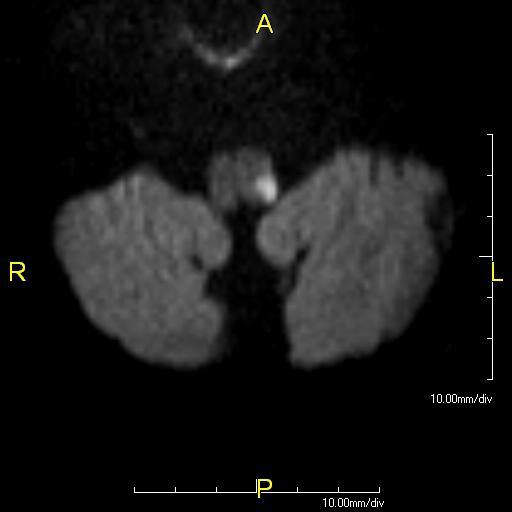
The goal of this study is determine the relationship between women’s reproductive variables (pregnancy, parity, currently breastfeeding, regular menstruation, hormonal contraceptive use, and age at menarche) and iron status (hemoglobin, ferritin, transferrin receptor, and % transferrin saturation) using an anthropological framework for interpreting the results. While this is evident in regions with high rates of malnutrition and infectious disease, the extent of reproductive-related changes is less well known in countries with low rates of iron deficiency anemia, such as the United States. Women experience significant changes in iron status throughout their reproductive lifespans. The review concludes by suggesting continued research into iron homeostasis in women using evolutionary, ecological, and biocultural frameworks. Finally, this review explores two main factors that can modify the relationship between iron status and the gestation-lactation cycle: (1) the relationship between long-term reproductive effort (parity) and iron status and (2) supplementation schemes before and during pregnancy. In this hypothesis, mothers transfer iron to infants in a manner that helps infants avoid iron-mediated infection and oxidative stress, but trades off with potential risk of maternal and infant iron deficiency. Third, this review proposes a new hypothesis for the transfer of iron from mother to infant via pregnancy and breastfeeding: reproductive iron withholding.

Second, it will highlight the scant but growing evidence that iron status is implicated in fertility, a relationship that has deep evolutionary roots. First, it will critique the evidence for iron deficiency caused by blood loss during menstruation, reinterpreting the available data as ecological variation in menses within and between populations of women.

This review interprets the vast literature on iron status and women's reproduction through an evolutionary framework. While reproductive ecology has historically focused on the relationship between energy status and reproductive outcomes, iron status is equally critical to women's reproductive health, given the wide-ranging detrimental effects of iron-deficiency anemia on maternal and infant well-being. Reproductive ecology focuses on the sensitivity of human reproduction to environmental variation.


 0 kommentar(er)
0 kommentar(er)
